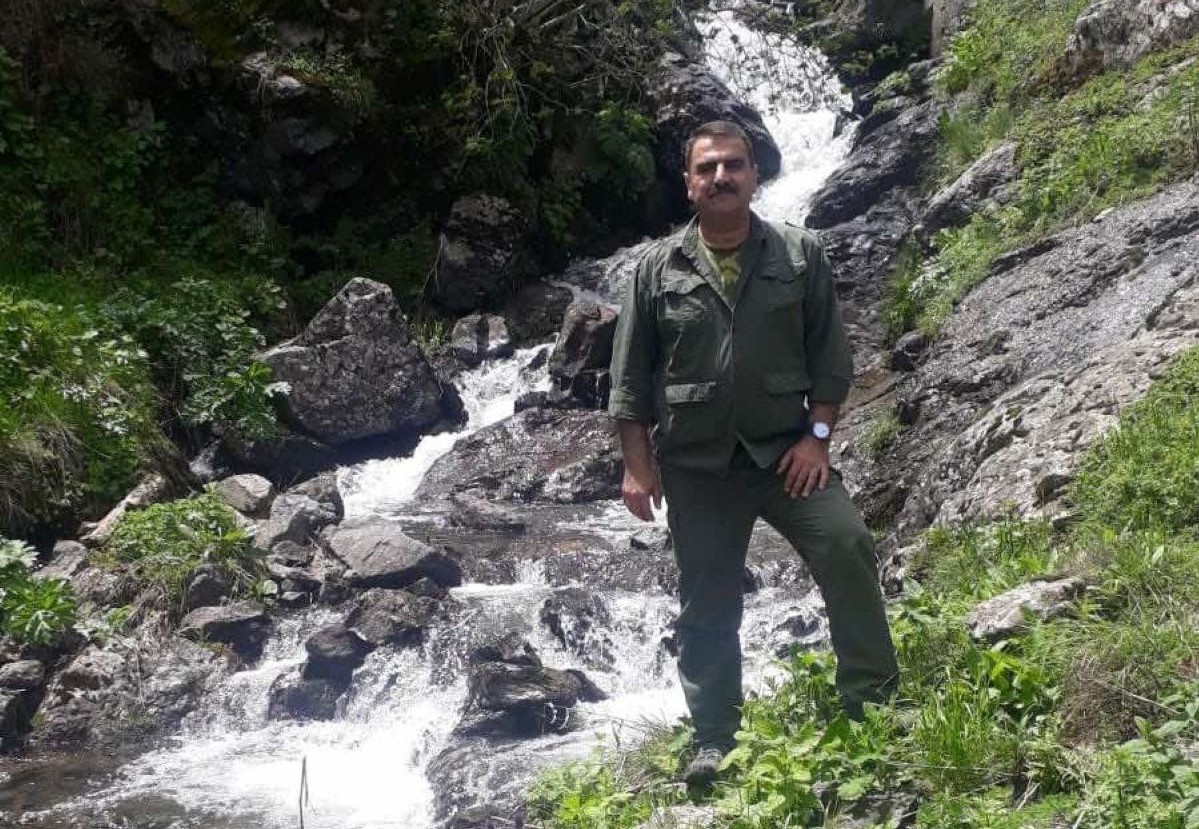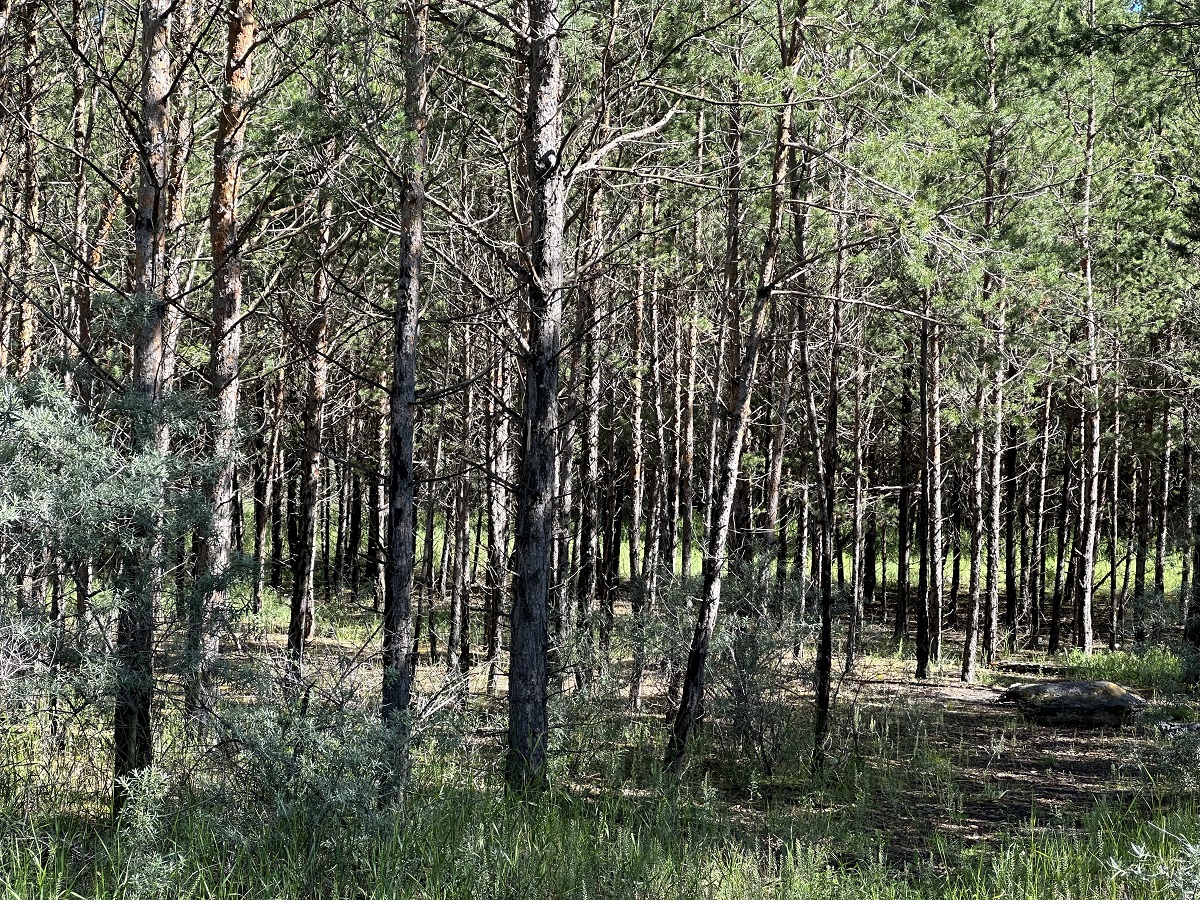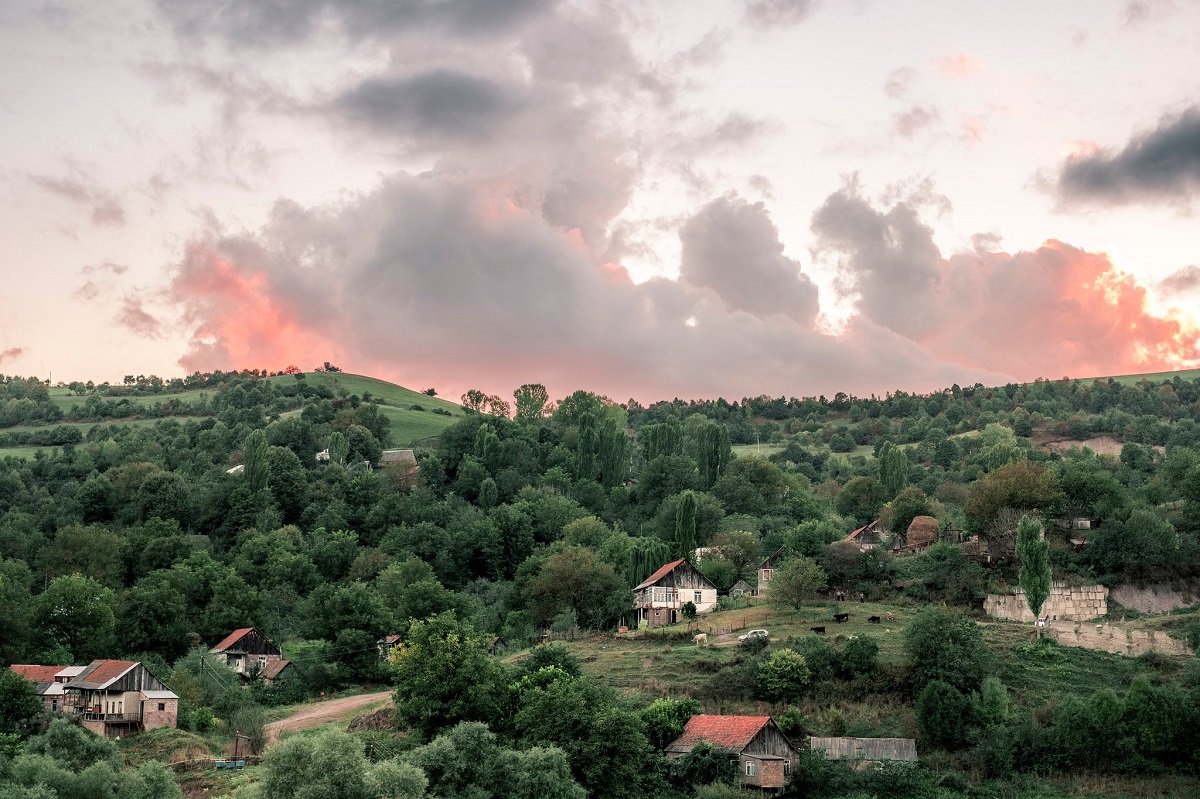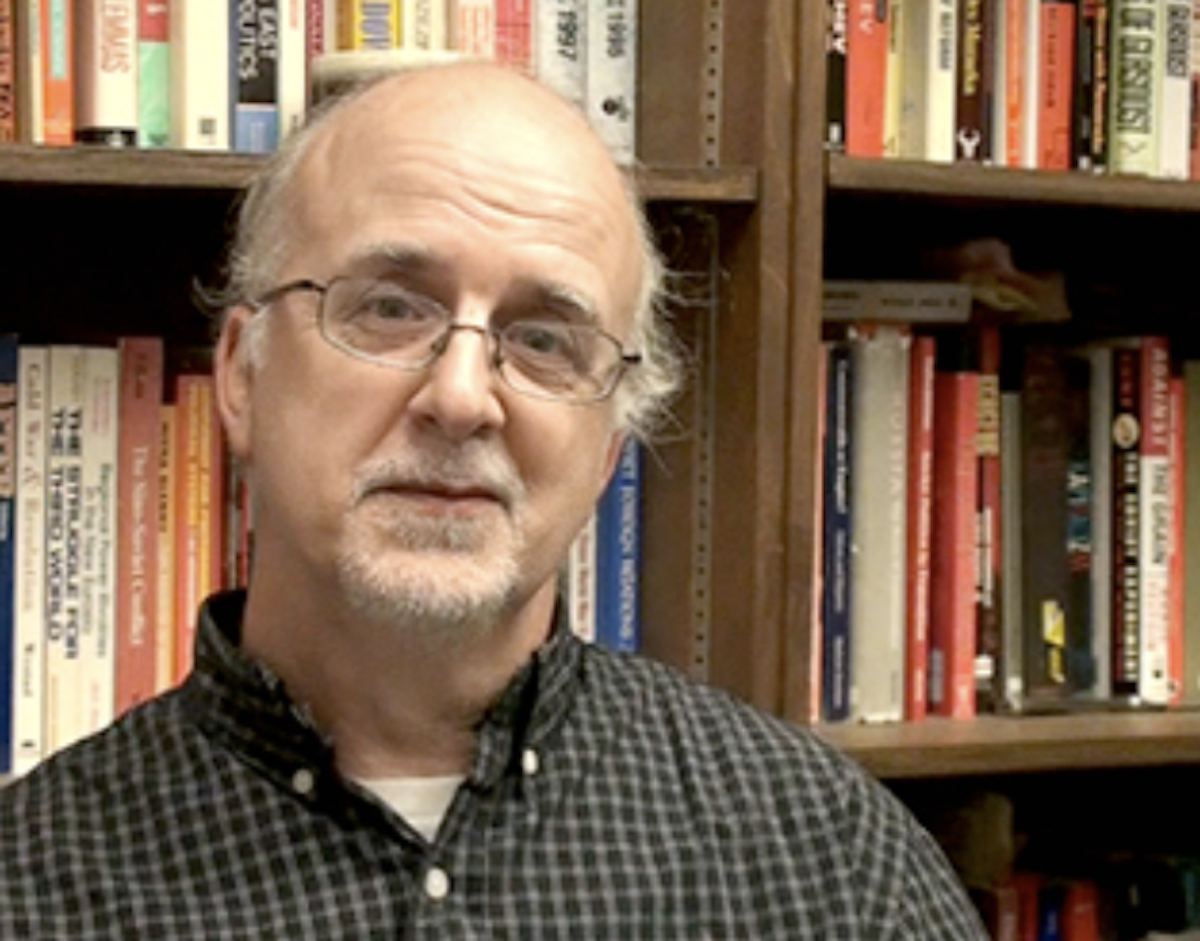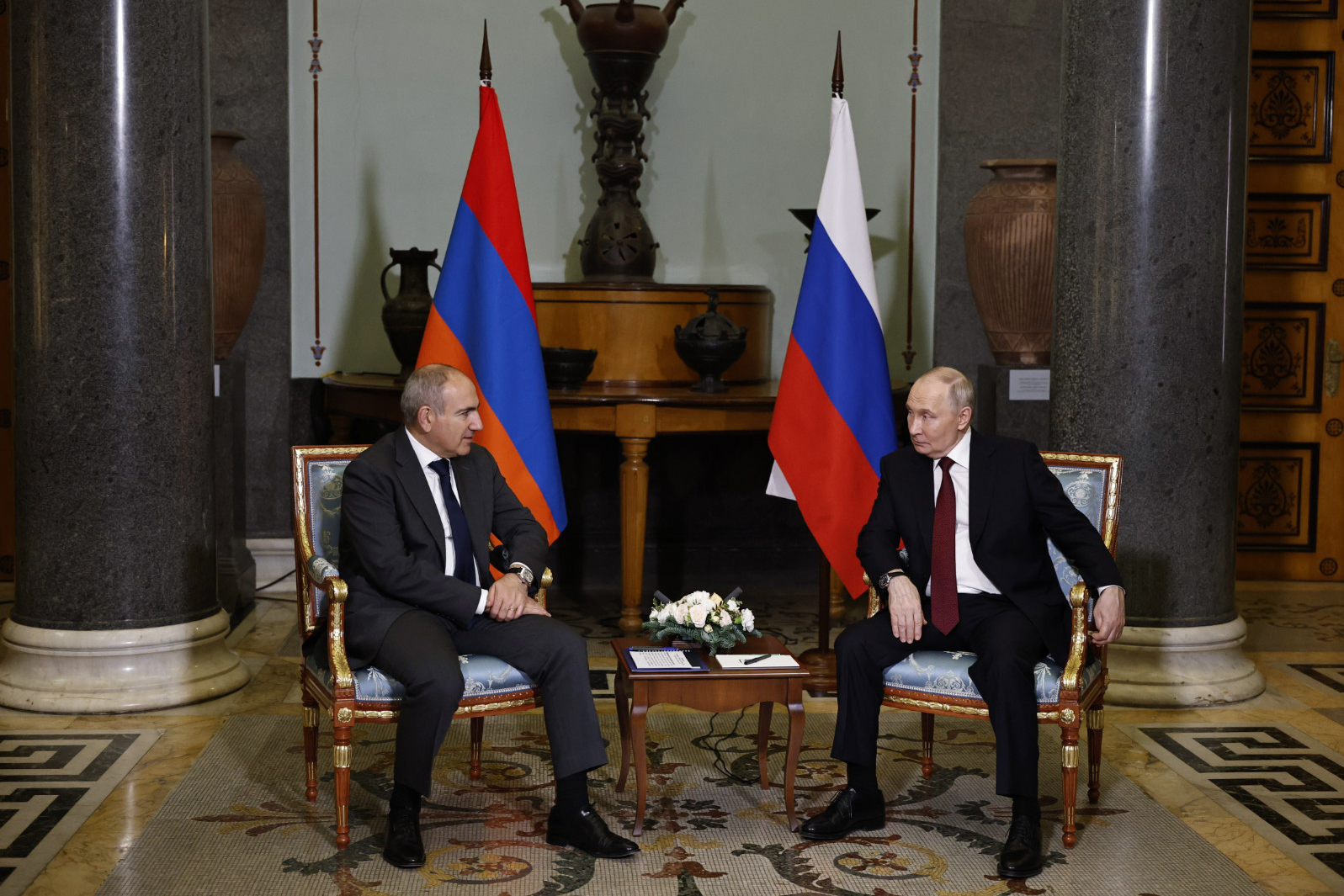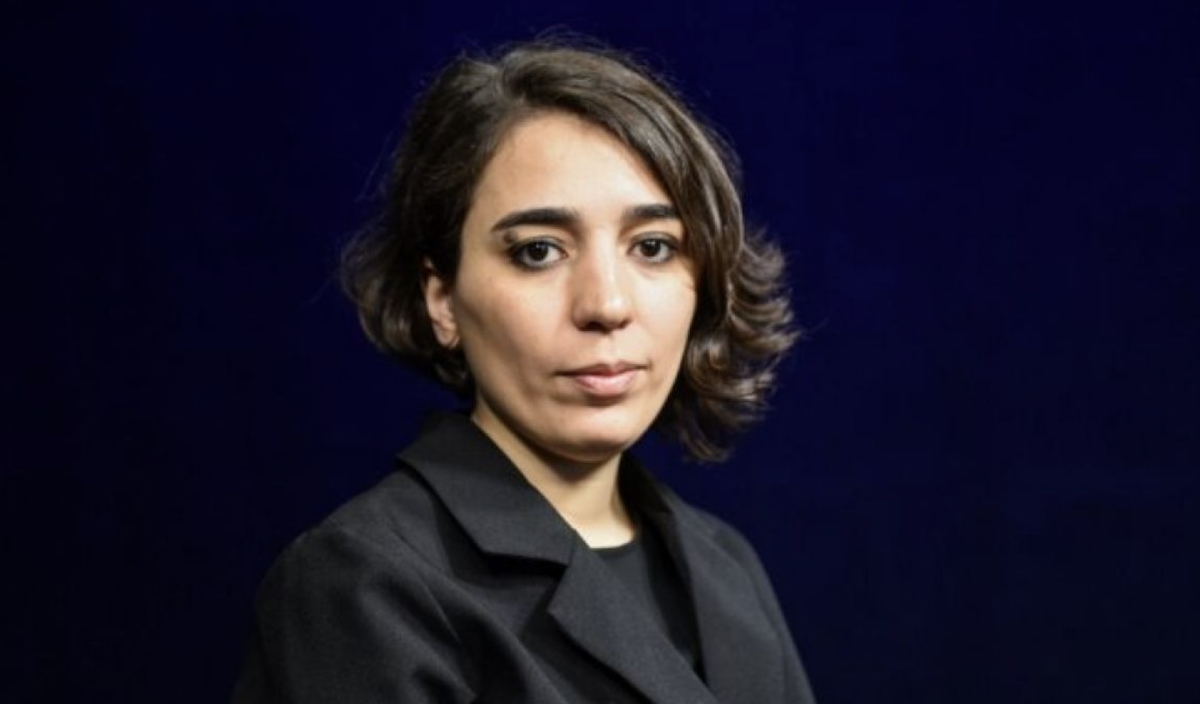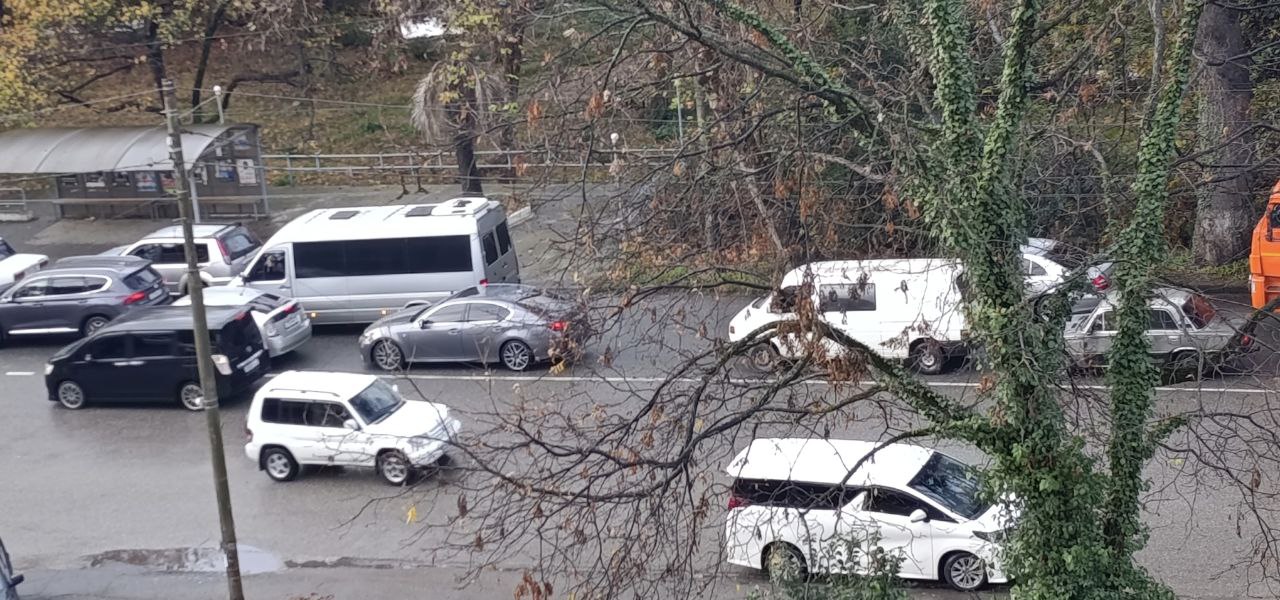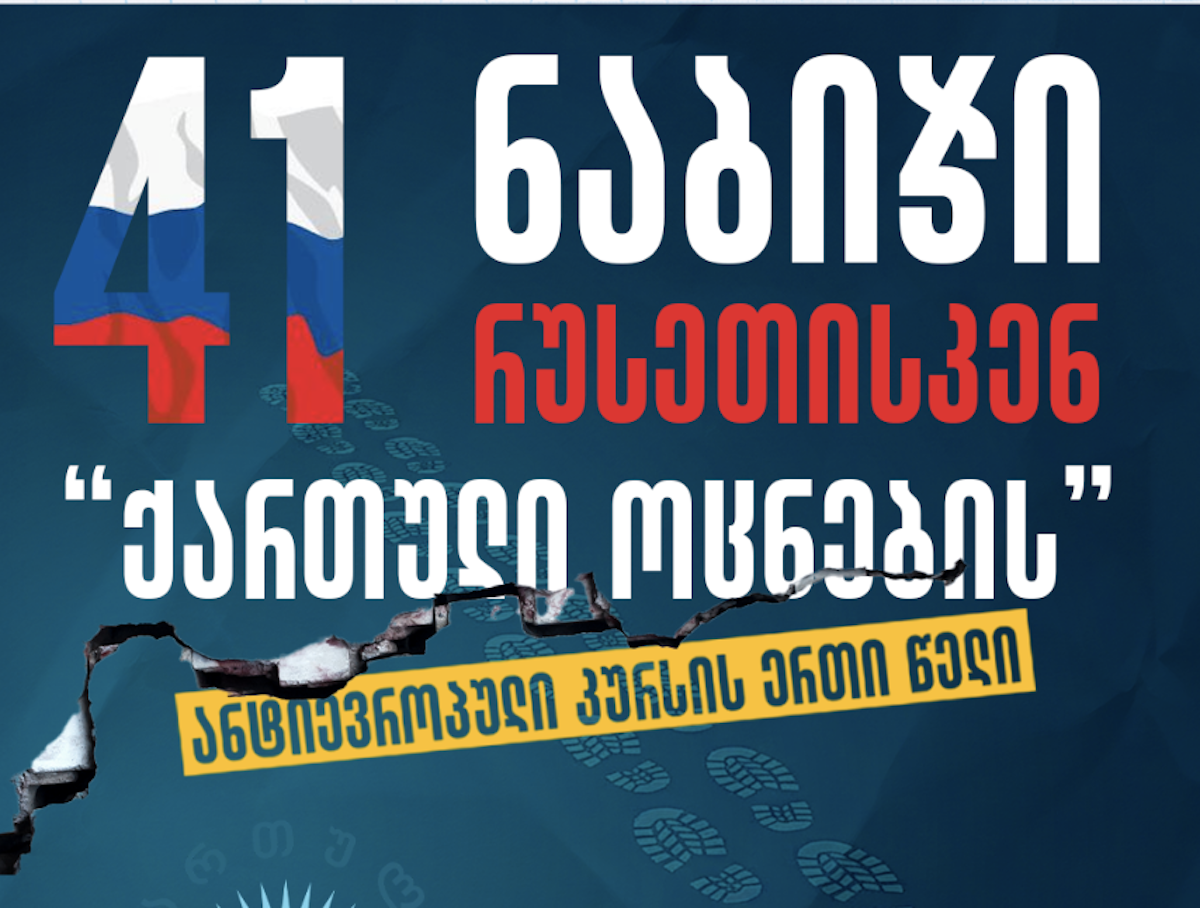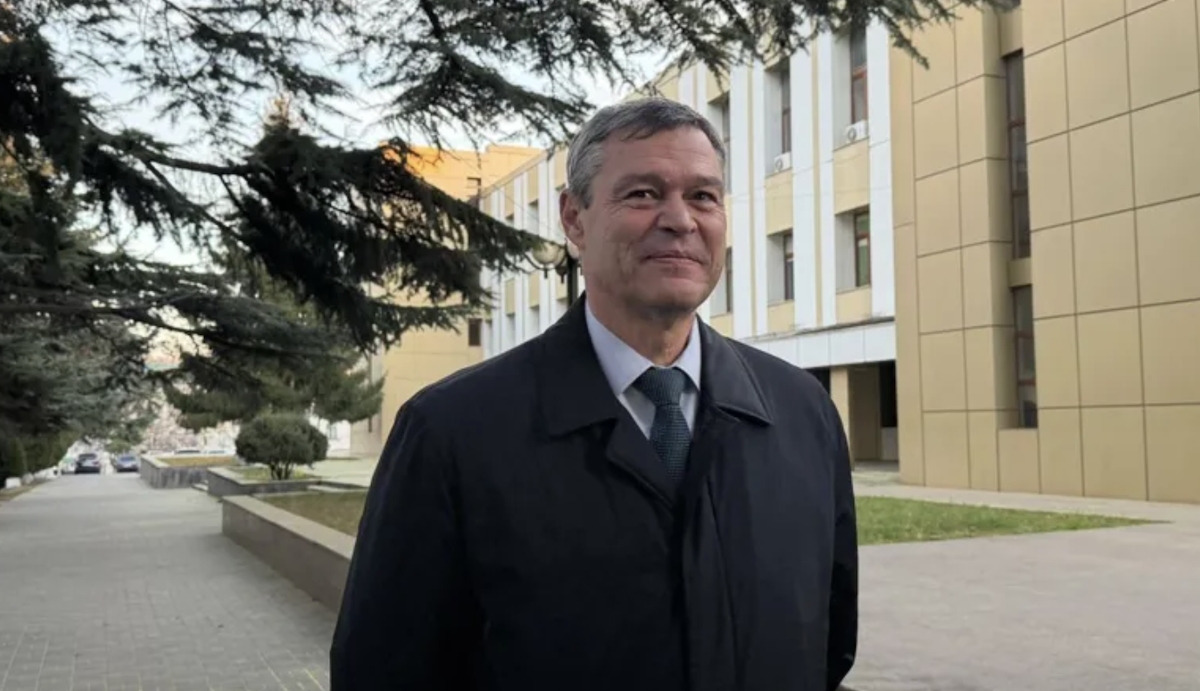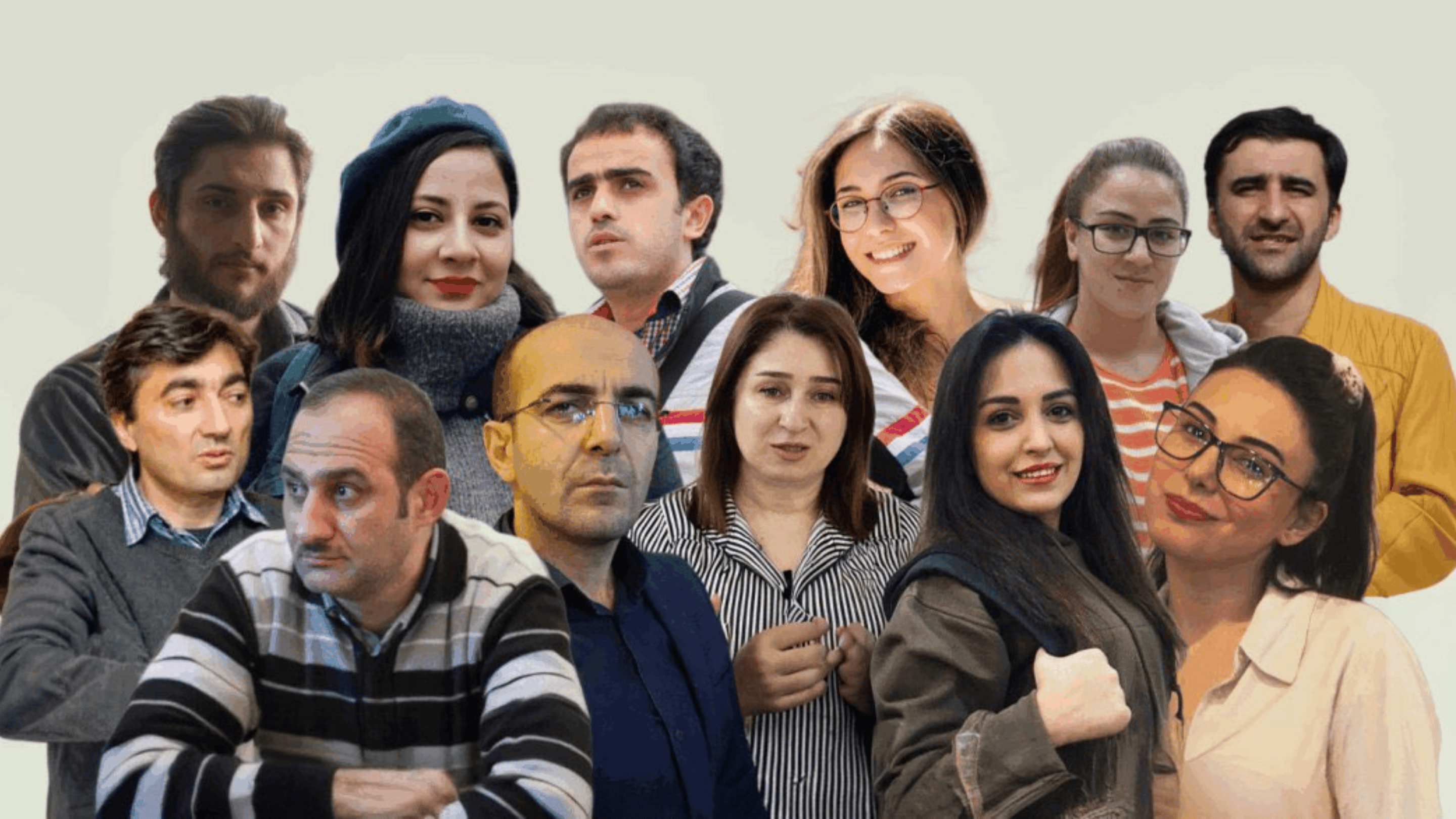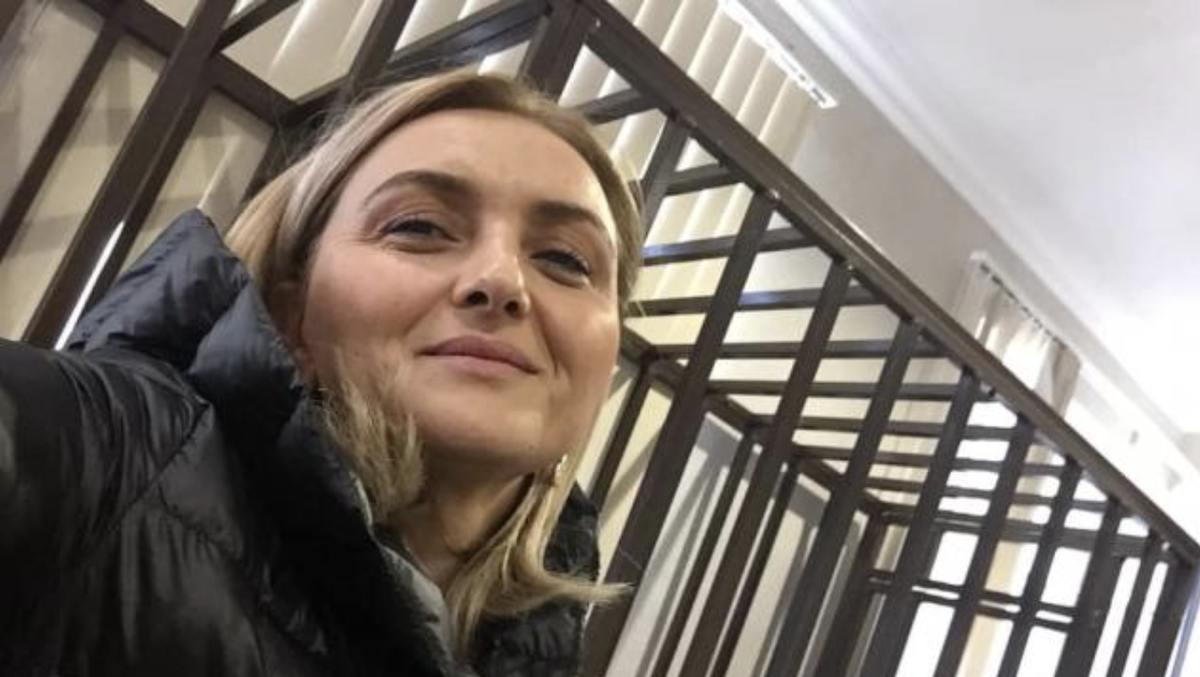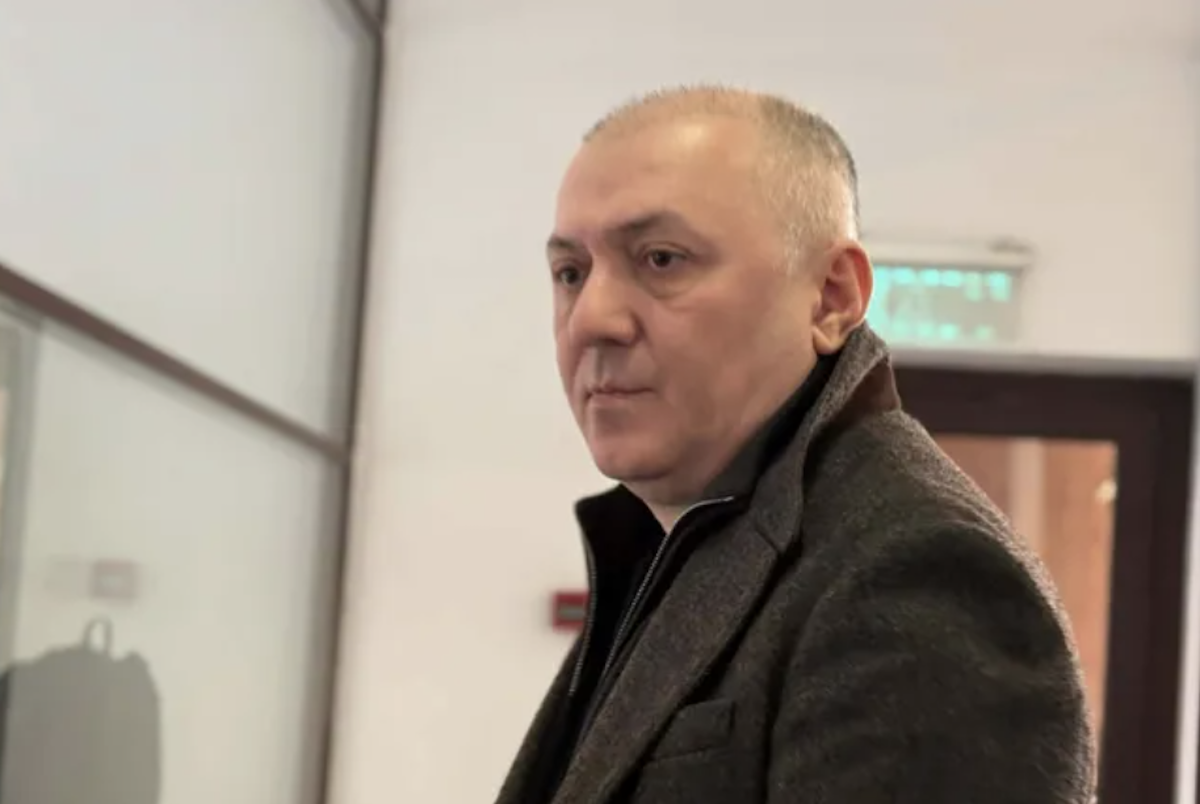'Chasing cheap profits' - how mining industry dominates Armenia
Mine exploitation in Armenia
In the Karaberd community of Armenia’s Lori region, geological surveys for a new gold deposit are set to begin soon, despite four years of local resistance. A gold mine is already operating in this small settlement. Environmentalists believe the residents were promised certain benefits to secure their consent, but the community plans to continue fighting the new project alongside regional activists.
According to estimates, Armenia has 613 sites where 60 types of minerals could be extracted, with a total estimated value of $170 billion. The country holds 5.1% of the world’s total molybdenum reserves, though extraction mainly focuses on copper and gold. Molybdenum accounts for less than 1% of total production.
Civil society organizations are raising the alarm: thousands of hectares of Armenian territory are now covered by open-pit mines and tailings. Over the past decade, land designated for industrial and mineral use has reportedly increased by around 10,000 hectares, or 30%.
Mining sites are primarily concentrated in Lori province—in Alaverdi and Teghut—and in Syunik province, around Kapan and Kajaran. Active deposits exist in almost every region of the country.
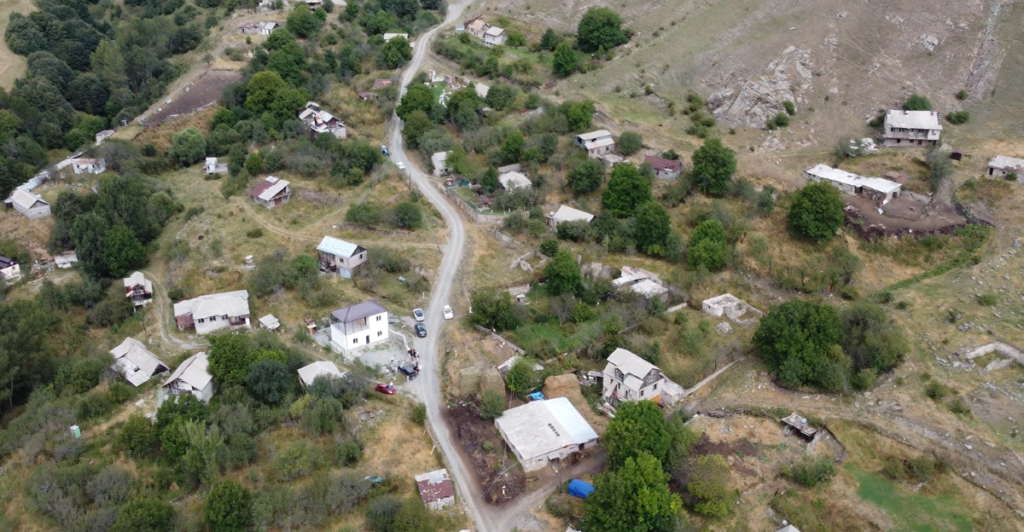
- ‘Black gold’ of Armenia: How can copper boost the Armenian economy?
- New form of tourism in Armenia: wilderness and adrenalin
- What the flamingos in Ivanishvili’s dendrological park say about Georgia
‘Decision has been made with the approval of residents in Karaberd‘
In September, the municipality of the enlarged Pambak community, which includes Karaberd, approved a request from Zov-Guj LLC to carry out geological surveys for mineral extraction in the area.
According to Raisa Minasyan, secretary of the Pambak community administration, the decision was made with the consent of Karaberd residents:
“They asked that their opinion be taken into account before the decision was made, as they live there and know what they need. The residents are in favor of the geological surveys.”
After four years of resistance, the villagers have given in
Karaberd has just 85 residents. The fight over gold mining here began in 2021. Numerous discussions involving various organizations had repeatedly fallen through—until the most recent one. A gold mine is already operating in the village. Residents considered opening a new mine unnecessary, linking the development of their community to agriculture and tourism. Even in August, during another discussion on the issue, villagers spoke out against the project.
“I was shocked when the head of the Pambak community claimed that villagers had submitted a written request for approval. What’s sad is that, to protect himself, the community head brought signatures from residents to the meeting. It raises suspicion. All this time, from one hearing to another, they tried to reduce the number of opponents,” says Oleg Dulgaryan, chair of the NGO Centre for Community Mobilization and Assistance, a human rights advocate and environmentalist.
He suggests that various methods were used to convince residents:
“Their toolkit ranges from treats to various promises. Some people are registered in the village but live in Vanadzor, and they have influence over the community. They are also used; all kinds of manipulations are applied. Villagers are urged not to trust environmentalists, even though it was the villagers who always reached out to us for help and support.
Before the 2018 ‘Velvet Revolution,’ community heads under the previous government used these methods. Some people who were officials under the old regime are still active under the current government, continuing to apply their old ‘good’ methods in our lives. Some things have changed, but at the local level, in terms of democratic tools, nothing has really changed. Yes, there may have been harsher pressure on villagers back then; now softer methods are used. This can be seen across different communities in Armenia,” Dulgaryan adds.
Civil society offers alternative to mines: developing tourism and agriculture
Dulgaryan says that as early as August, 23 organizations and civil society representatives issued a statement highlighting the anti-democratic situation in the Pambak community. Environmentalists and human rights advocates consider the exploitation of a second mine unacceptable, warning that it could create new ecological risks not only for Karaberd but also for the nearby city of Vanadzor and surrounding settlements in Pambak and Gugark.
Levon Barsegyan, chair of the Gyumri-based journalists’ club Asparez, attended the public hearings over the summer. He points out that Armenia has issued more than 600 licenses for mining non-metallic minerals:
“Over 25 of these are licenses for metal mines. The operation of many mines has been blocked by local protests. How do mines appear in developing, underdeveloped countries? It happens like this: settlements don’t develop, villages grow poorer, people emigrate. Then a wealthy organisation appears and says: ‘There is gold here, let’s open a mine.’ And some people agree without much thought. It’s the same here. This rich entity doesn’t care about the environment; it’s chasing cheap profits. As a result, divisions emerge within the community.”
Arthur Sakunts, chair of the Vanadzor office of the Helsinki Citizens’ Assembly and a human rights advocate who also attended the hearings, says the government bears some responsibility:
“Authorities must take responsibility for providing jobs in such communities. In these areas, there are no programmes to develop agriculture, tourism, or the local economy. Because of this, residents are deprived of real choices. Expecting them to make decisions when they already struggle to make a living is simply outrageous.”
Local residents found with high levels of heavy metals
Indrich Petrik, co-founder of the Czech organisation Arnika, presented the results of a study conducted by the group in 2023. Even then, tests revealed high levels of heavy metals in both the environment around Karaberd and in residents’ bodies:
“If permission is granted for a new mine, the levels of all detected harmful substances will double. This violates people’s right to live in a healthy environment.”
According to Petrik, all tested residents had lead levels exceeding the maximum permissible limit. Mercury levels in all hair samples were above the threshold considered safe for health, and similar findings were recorded for arsenic.
New law could help change the situation
Human rights advocate and environmentalist Oleg Dulgaryan insists the fight will continue:
“A group of organisations is preparing to take the municipal decision to court. I have submitted information about this situation to the Ministry of Environment. Incidentally, there is a government plan to designate the Pambak community as a tourism cluster. Opening a new deposit does not fit with this project at all. We will definitely continue to fight. From January until now, villagers have voiced opposition at every hearing. And now suddenly they claim to agree. This is a contentious and ambiguous situation,” Dulgaryan says.
He believes a law is urgently needed to prevent similar cases in the future:
“It should be enshrined in legislation that if community residents reject an idea twice—not just from the same company, but the idea itself—then the settlement should receive immunity for at least five years. In other words, no further initiatives on that matter should be considered.”
According to Dulgaryan, dozens of villages in Armenia face similar situations. He argues that legislative reforms are necessary to protect local democracy:
“This situation keeps the entire community in a state of social tension. Residents turn against each other, conflicts arise. Moreover, the investment climate suffers. People and organisations who intended to invest in tourism or agriculture are now withdrawing.”










